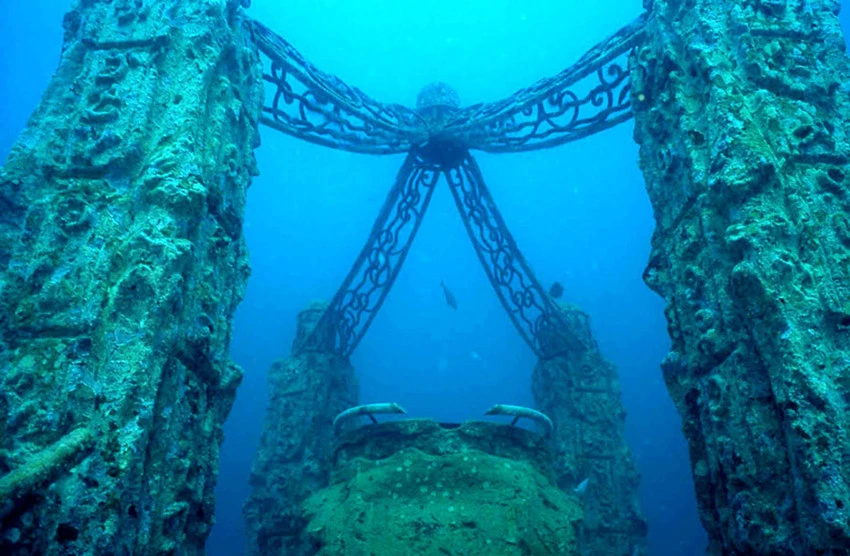
Nestled on the southern coast of Jamaica, lies a place steeped in history, mystery, and intrigue – Port Royal, once dubbed "the wickedest city on earth." This enigmatic town, with its tumultuous past, has captured the imaginations of historians, archaeologists, and adventurers alike. From its heyday as a haven for pirates and privateers to its dramatic demise beneath the waves, Port Royal continues to fascinate and enthrall visitors from around the world.
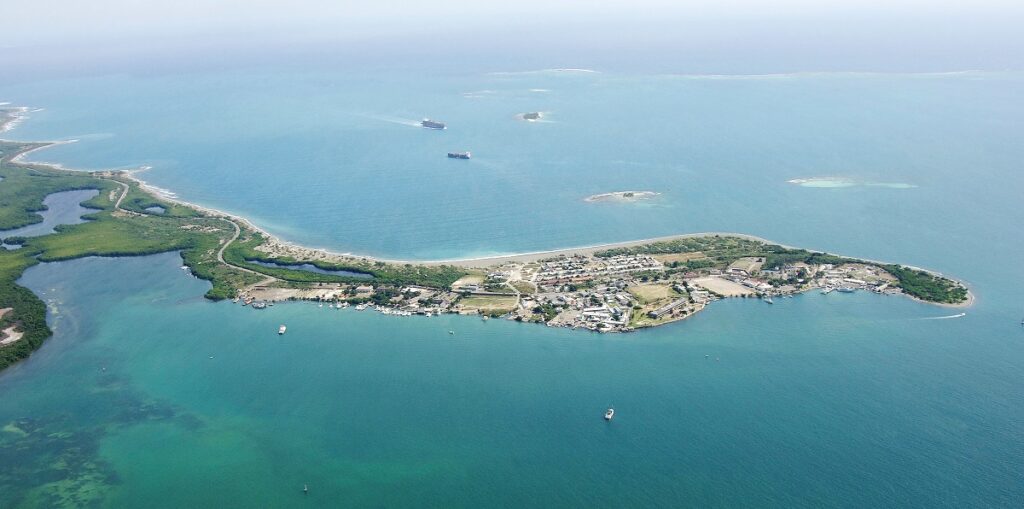
A Glimpse into History
Port Royal's story begins long before its infamous reputation as a pirate's den. Originally inhabited by the indigenous Taino people, evidence of their presence can still be found in remnants of pottery and tools unearthed by archaeologists. However, it was the arrival of European powers that would shape the destiny of this small peninsula.
When the Spanish first set foot on Jamaican soil in the 16th century, they recognized the strategic importance of Port Royal's natural harbor. Using it as a base for ship maintenance and trade, they laid the foundation for what would later become a bustling maritime hub. However, it was the English who would ultimately claim Port Royal as their own, wresting control from the Spanish in 1655.
Under English rule, Port Royal flourished, evolving into a bustling metropolis and a vital center of commerce in the Caribbean. Its prime location, protected by a network of forts, made it an ideal port for ships plying the trade routes of the New World. Merchants, sailors, and adventurers flocked to its shores, seeking fortune and adventure in equal measure.
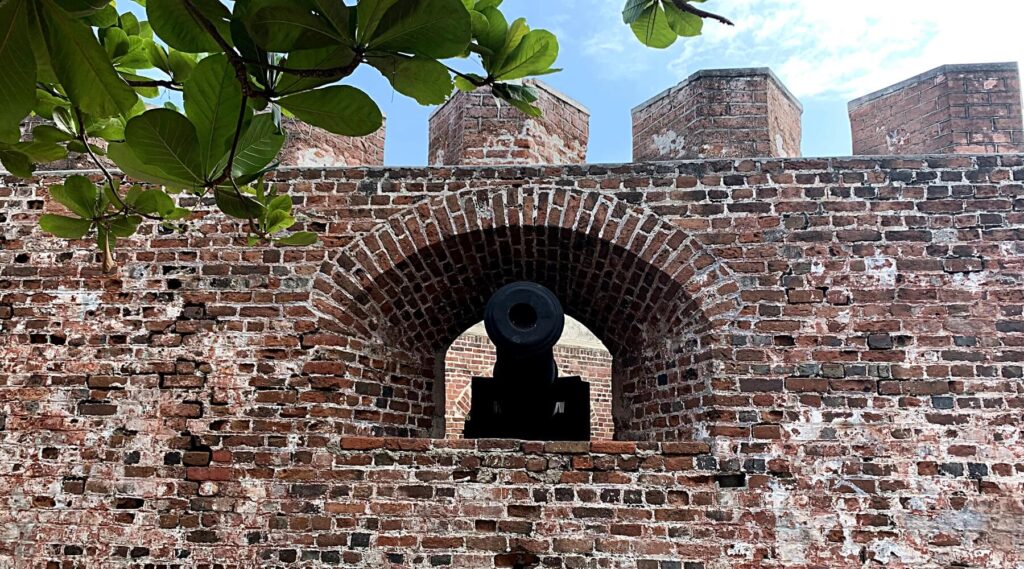
Rise of the Pirates
But it was not just legitimate trade that thrived in Port Royal. The town gained notoriety as a haven for pirates and buccaneers, drawn by the promise of plunder and adventure. Legendary figures such as Sir Henry Morgan, Calico Jack, and Blackbeard Teach walked its streets, their exploits immortalized in tales of daring raids and swashbuckling adventure.
For decades, Port Royal served as a base of operations for these infamous sea raiders, who preyed upon the ships of rival powers with impunity. Privateering, sanctioned by the English crown, provided a veneer of legitimacy to their activities, though many operated outside the bounds of the law.

The Catastrophe
But Port Royal's golden age was not to last. On the fateful day of June 7, 1692, disaster struck in the form of a powerful earthquake. Three violent shocks rocked the town, followed by a massive tidal wave that swept away two-thirds of the city in a matter of minutes. The destruction was catastrophic, with thousands perishing in the chaos and destruction.
In the aftermath of the earthquake, Port Royal was a shadow of its former self. Though efforts were made to rebuild, subsequent fires, hurricanes, and disease outbreaks further devastated the town. The once-thriving port was reduced to a mere shadow of its former glory, its heyday consigned to the annals of history.

The Underwater City
Today, much of Port Royal lies submerged beneath the waters of the Caribbean Sea, preserved in a state of eerie tranquility. The sunken city, with its streets, buildings, and artifacts frozen in time, offers a unique glimpse into the past. Thanks to the efforts of archaeologists and historians, this underwater treasure trove is slowly revealing its secrets to the world.
The Archaeological Division of the Jamaica National Heritage Trust (JNHT) has spearheaded efforts to study and preserve the submerged remains of Port Royal. Sonar surveys have uncovered sunken ships, artifacts, and structures hidden beneath the waves, shedding light on daily life in this historic town.
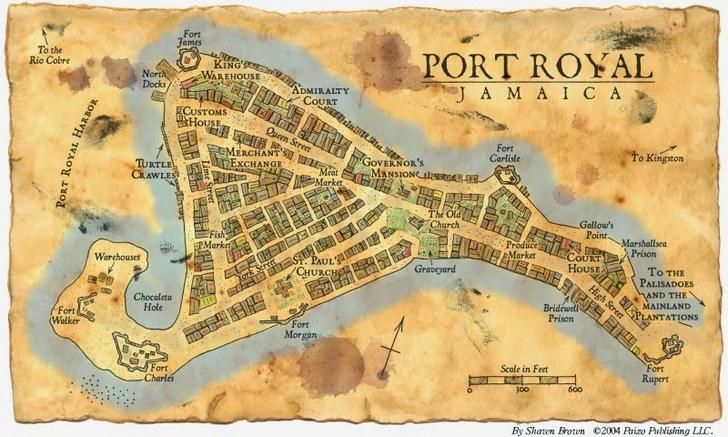
Exploring Port Royal Today
For those curious to explore Port Royal's rich history, there are ample opportunities to do so. Visitors can wander through the narrow streets of the modern-day town, where echoes of the past linger amidst the remnants of colonial-era buildings. The Giddy House at Fort Charles offers a fascinating glimpse into the town's tumultuous history, with its tilted floors bearing witness to the forces of nature that shaped Port Royal's destiny.
Guided tours, led by knowledgeable locals such as Molly and Rally, provide insight into the town's storied past, from its days as a pirate stronghold to its eventual decline as a British naval station. Visitors can also visit the National Museum of Archaeology, housed in the historic Naval Hospital, which showcases artifacts recovered from the sunken city.
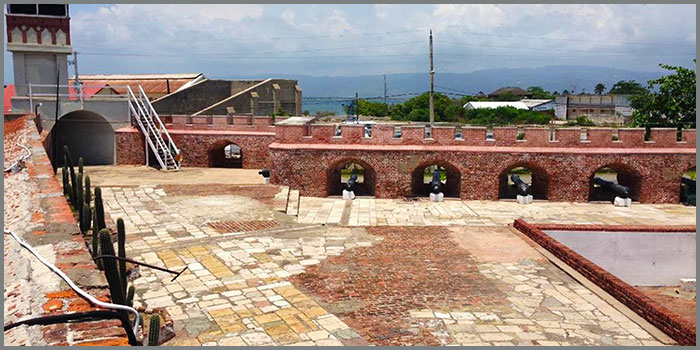
Preserving a Legacy
In 1996, Port Royal was designated as a Protected National Heritage site by the Jamaica National Heritage Trust. This designation recognizes the town's significance to the cultural heritage of Jamaica and ensures that any development within its boundaries respects its historical importance.
As efforts to study and preserve Port Royal's legacy continue, there is hope that future generations will be able to experience the magic of this submerged city. Whether diving beneath the waves to explore its underwater ruins or strolling through its historic streets, visitors to Port Royal are sure to be captivated by its rich history and timeless allure.
In conclusion, Port Royal stands as a testament to the resilience of the human spirit in the face of adversity. From its rise as a bustling port city to its tragic demise beneath the waves, its story is one of triumph and tragedy, adventure and intrigue. As the sunken city slowly reveals its secrets, it invites us to delve into the mysteries of the past and discover the hidden treasures of Port Royal, Jamaica's underwater gem.
